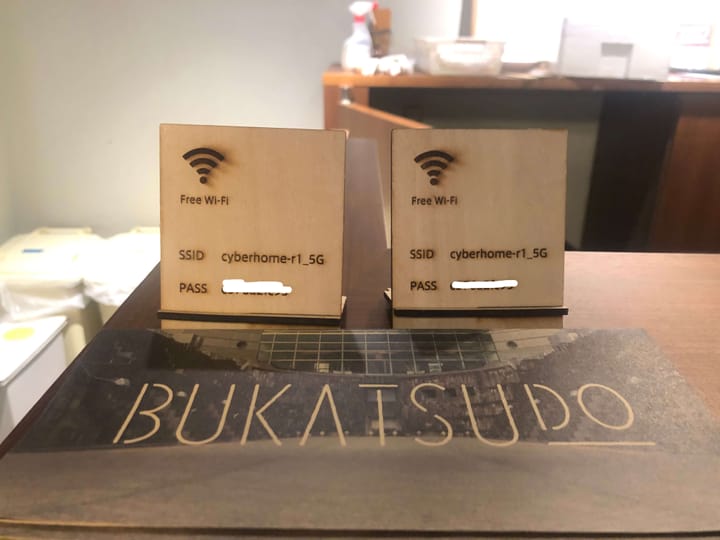Best wifi solution for Japan?
Stay connected in Japan with pocket Wi-Fi for groups or prepaid SIM cards for solo travelers. Free Wi-Fi is limited and often tricky to use.

Great question! From my experience living and traveling around Japan, the Wi-Fi situation here is a bit different from many other countries. Unlike some places where free public Wi-Fi is everywhere, Japan doesn’t really have that kind of widespread free access. So, if you’re visiting, you’ll want a reliable option to stay connected.
I’d say it really depends on your group size and travel style. If you’re traveling with a big group or family, renting a pocket Wi-Fi device is usually the easiest and most convenient. But if you’re just one or two people, getting a prepaid SIM card is often better — cheaper, less hassle, and you can use your own phone directly.
How does pocket Wi-Fi work, and why do so many people recommend it?
Pocket Wi-Fi is basically a small mobile router you rent while in Japan. It connects to Japan’s 4G/5G network and creates a personal Wi-Fi hotspot that multiple devices can connect to simultaneously. This is why it’s great for groups—everyone can connect their phones, tablets, or laptops without needing separate data plans.
From my experience, pocket Wi-Fi rental costs around ¥500 to ¥1,000 per day (roughly $3.50 to $7 USD), depending on the provider and data limits. You can pick it up at major airports or have it delivered to your hotel. The battery usually lasts a full day, but you’ll want to charge it overnight.
Japanese people don’t often use pocket Wi-Fi for daily life since most have unlimited mobile plans, but for visitors, it’s super handy because you don’t have to swap SIM cards or worry about phone compatibility.
What about SIM cards? Are they easy to get and use?
SIM cards for tourists are widely available too, and they’re a good choice if you want to keep your own phone number or have just one or two people traveling. You can buy prepaid SIM cards at airports, electronics stores, or order online ahead of time.
The typical tourist SIM offers data-only plans (no calls or texts, or very limited), which is enough for internet browsing, maps, messaging apps, and social media. Prices start at around ¥3,000 for a week of data (about $21 USD), with various data caps.
One thing to note: your phone must be unlocked and compatible with Japanese networks. Also, setting up the SIM requires a bit of tech comfort since you might need to configure APN settings. For many Japanese locals, this is second nature, but some visitors find pocket Wi-Fi simpler.
Is free Wi-Fi really that rare in Japan? Can I find it in cafes or stations?
Free Wi-Fi does exist but it’s not as common or as easy to use as in some other countries. Many cafes, fast food chains, and convenience stores have Wi-Fi, but often you need to register with a Japanese phone number or enter personal info, which can be a hassle for short-term visitors.
Train stations and tourist spots sometimes offer free Wi-Fi, but the connection is usually spotty and slow. Japanese people often just rely on their mobile data instead of hunting for free Wi-Fi.
Are there cultural reasons why Japan isn’t full of free public Wi-Fi?
Yes, partly. Japan values privacy and security highly, so many businesses are cautious about offering open networks that could expose users or invite trouble. Also, Japan’s mobile networks are very reliable and affordable compared to many countries, so locals don’t feel the need for free Wi-Fi as much.
Can I realistically use a Japanese mobile plan if I stay long-term?
If you live in Japan or stay for a long time, Japanese mobile plans are great but require a residence card and a Japanese bank account. For tourists, short-term prepaid SIM or pocket Wi-Fi rental is much easier.
In summary, my honest take is:
- Traveling with a group? Go for pocket Wi-Fi. Easy, no fuss, shareable.
- Traveling solo or as a couple? Try a prepaid SIM card. Cheaper and more direct but needs an unlocked phone.
- Don’t count on free Wi-Fi for everything—you’ll probably want your own connection.
This setup reflects what I see Japanese people do when traveling themselves abroad—usually rely on their mobile data and avoid sketchy public Wi-Fi spots. So you’re actually getting a slice of authentic Japanese travel habits by taking this approach.
If you want specifics on recommended providers or where to buy SIMs, just ask!


Comments ()